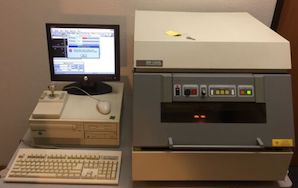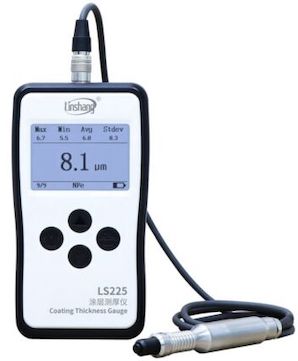
Curated with aloha by
Ted Mooney, P.E. RET

The authoritative public forum
for Metal Finishing 1989-2025

-----
Measuring Anodic Coating Thickness
Q. We manufacture audio equipment and we buy the anodized aluminum faceplate from several vendors. I would like to know how to measure thickness of anodic coating. Is there any easy way? If a tool/equipment is required, could someone advise make/model?
Sittichai Viriyayudhakorn-Bangkok, Thailand
2001
A. There are a number of instruments for measuring anodic coating thickness, Eddy Current, X-Ray etc...I prefer one brand (Fischer Instruments) but there are a number of internationally accepted companies.
Bill Grayson- Santa Cruz, California, USA
A. This can be done with FTIR in reflectance mode also quite quickly and easily once a calibration is done. Really what you get is coating weight though.
Terry Tomt- Auburn, Washington
Q, A, or Comment on THIS thread -or- Start a NEW Thread


